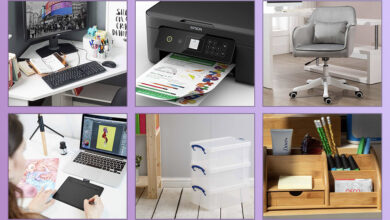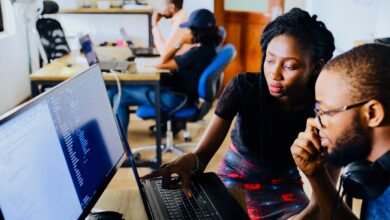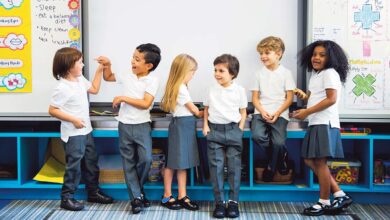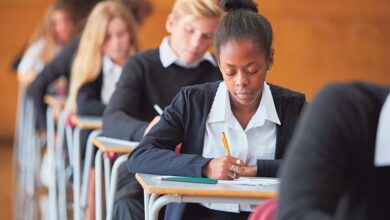How ‘flipping’ classes can be a blessing for teachers and learners
Editorial Feature
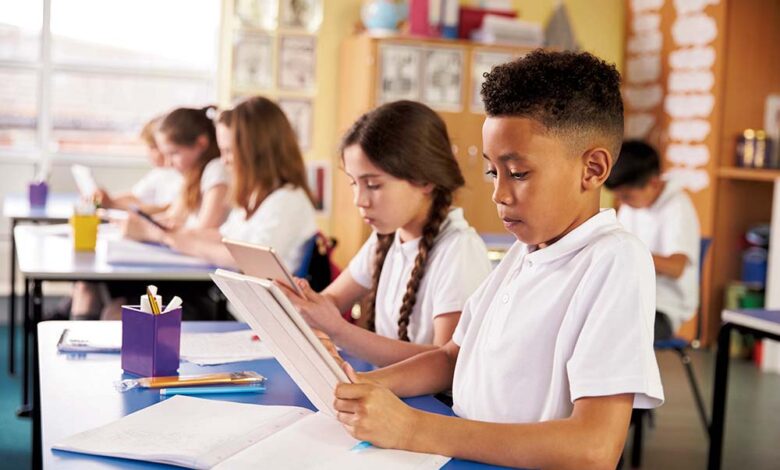
More educators are looking at the flipped learning method which turns the conventional approach on its head.
‘Flipped learning’ or ‘flipped classrooms’ is a model in which the conventional approach to teaching is inverted. Students are given learning to do at home prior to lessons. They then discuss, implement or do problem-solving activities based on that learning in order to embed it.
In the more traditional teaching method, students are ‘taught’ knowledge in class, then expected to apply it during homework. The flipped aim is for a blended approach to learning in which lesson time is dedicated to practical tasks and applying concepts and ideas they have been considering beforehand.
Jenny Hinton, digital lead at Parkdale Primary, part of Transform Trust, explains how the Nottingham school has implemented the ethos. “At Parkdale, our homework across year groups is now predominantly set on our online platforms Showbie and DoJo and each year group does different tasks for this,” she said.
Parkdale Primary have been trailing a Flipped Learning project across the school which has consisted of teachers making pre-recorded teaching videos mainly to model maths concepts. These are to be accessed at home and school.
The team identified the huge benefits of video during remote learning and wanted to find a way to use the same tools which worked well remotely, as part of their blended learning.
These videos are shared on an online platform called Showbie – the children can watch these at home as a ‘pre-learn’. Each video has mini-tasks, and the aim is to develop children’s confidence, and use it as a tool to revisit concepts in the lesson as Y3 through to Y6 children have iPads in class.
The videos are also there to share with parents and show the methods taught in school.Each class has a focus group of children who the videos are targeted at, but all children can access them too.
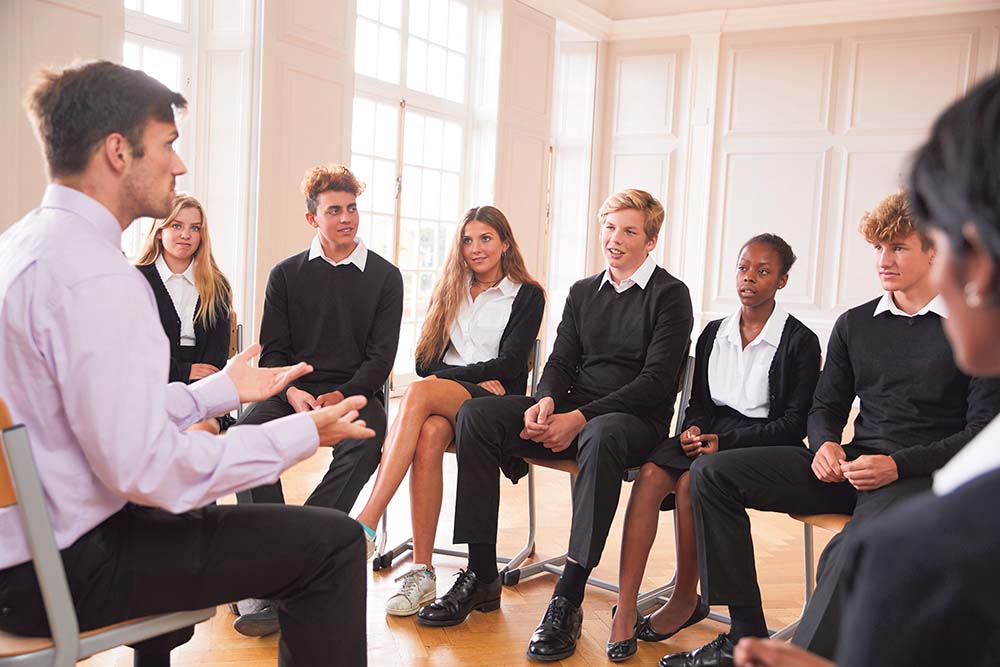
According to Jenny: “This is a whole school project we are undertaking to support our digital journey and try new ways of supporting children in a time when group work, one-to-one support, and interventions are possibly not as easy as pre-pandemic.
“The videos are there to complement interventions in school. We are at the early stages of this implementation – it formally began with communicating the project with parents in April, though some teachers were creating these videos as an option prior to this.”
Critics of the practice have pointed out that the flipped model will not suit all learners, however. On a practical level, most will require students to have access to technology such as laptops or tablets and to have working Wi-Fi available as well as access to a suitable environment in which to study.
Some learners will struggle with motivation and self-discipline, particularly younger people, whose ability to take on responsibility for their own progress has not yet developed, and for those with certain neurodiversity.
Many educators will therefore aim for a mixed pedagogical approach, differentiating between students and methods according to their needs.
To see your company in any upcoming features we are arranging please email editorial@hurstmediacompany.co.uk


